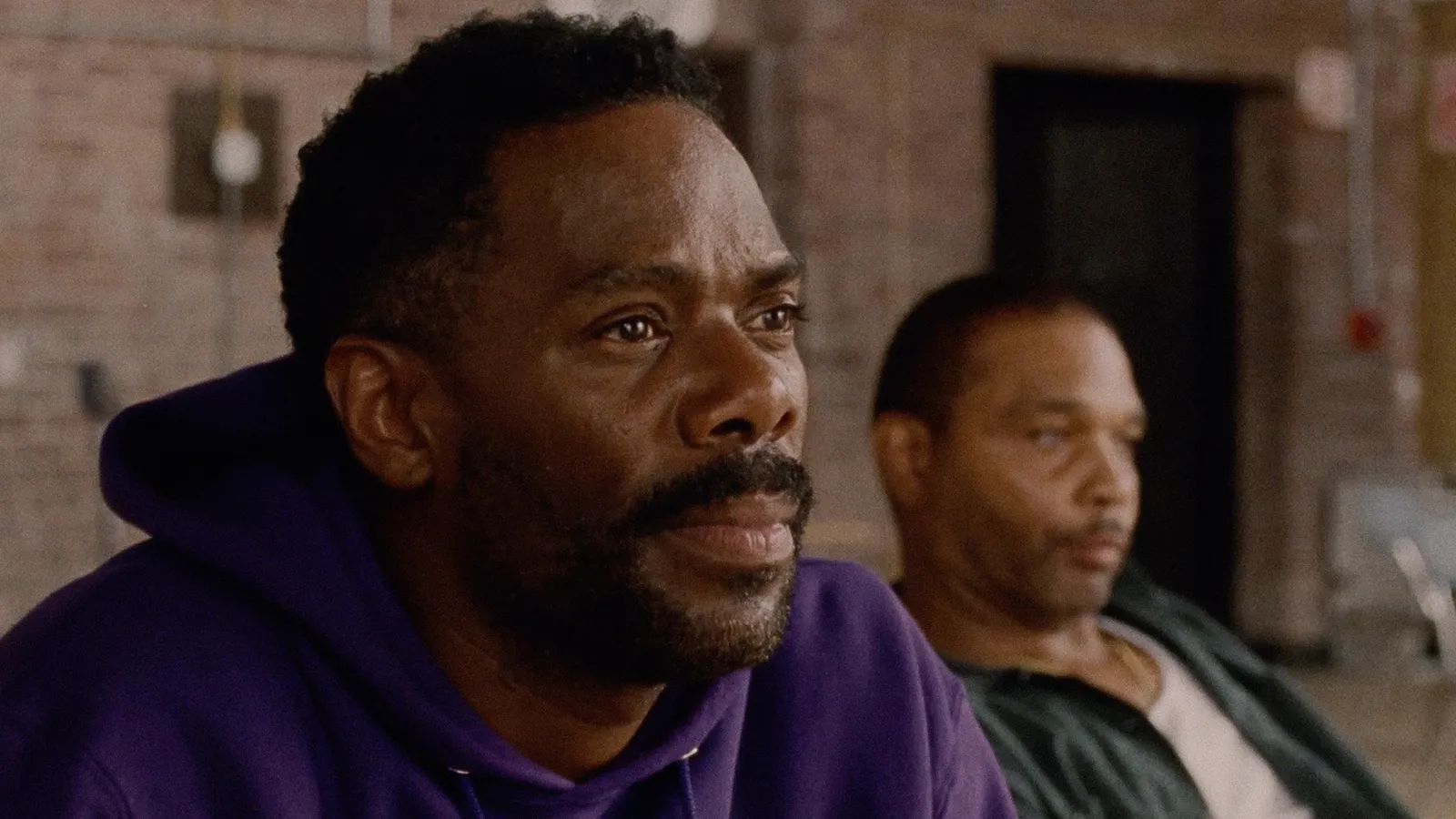Some say that the hardest performance any actor would ever have to play is the role of themselves; be it the mask we wear to make it through everyday life or the performance we put on for ourselves every time we look in the mirror, it’s that internalized truth (and lie) placed front-and-center that proves more challenging than any Shakespeare soliloquy. To that effect, there’s probably no place more conducive to examining that reality than the confined space of a prison.
In prison—particularly a maximum security facility—one is often forced to embody a protective identity, to put on a front and show any other dangerous incarcerated men that they’re not to be trifled with. At the same time, after years and years spent within the cramped walls of a four-corner cell, one is equally forced to confront one’s own existence in perhaps the most intimate, discomforting setting possible. This is where a program like Rehabilitation Through the Arts becomes so crucial as a healthy amplifier of that aching voice and where a film like “Sing Sing” makes that reality painfully felt.
That notion of playing oneself is taken quite literally in Greg Kwedar’s second feature, as “Sing Sing” features a cast primarily composed of real-life prisoners of the notorious Sing Sing Correctional Facility. Anchored by the presence of seasoned performer Colman Domingo as Divine G (one of the program’s founding members), the film chronicles his journey in putting on one of the RTA’s famous prison plays as an outlet for creative expression, complicated when a new member, the confrontational Divine Eye (Clarence, one of those real-life prisoners) shakes up both the program and the lives of the members running it.

Throughout this examination of stifling prison life, Kwedar spends little time viewing the day-to-day horrors of incarceration with which we’re all familiar and instead draws his attention toward the specific ways in which the RTA program proves a critical mode of self-therapy for these incarcerated men. Through the varied sessions of rehearsal and acting exercises, “Sing Sing” finds its best moments when Kwedar is simply pointing his camera at these real men as they let their souls bleed in a circle. It’s truly heartrending stuff, and especially impressive how these stories do more to illustrate the mental toll of incarceration than any scenes of shocking violence ever could; it all feels real because these emotions flow from the prisoners’ pained eyes right onto the screen.
“Sing Sing” is at its best when it observes these group sessions; the film undeniably takes a dip when Divine G’s story takes center stage. This isn’t a knock on Domingo at all, whose delicate voice and poised stance are expectedly commanding and vulnerable at the same time; if he nets a second consecutive Oscar nomination from this, you’ll find no complaints here. However, as the only professional actor in the film (Paul Raci as the non-incarcerated play director notwithstanding), Domingo’s presence does stand out as somewhat more put-on than his co-stars—not because he’s “trying too hard,” but because the naturalism of those around him just feels like the more appropriate choice for examining Kwedar’s chosen sense of realism.
This issue is made more obvious in the film’s final act, as “Sing Sing” fully pivots towards Divine G’s arc with an increasing penchant for clichéd narrative developments that seem to run counter to the powerfully subdued angle Kwedar had been largely adopting up until that point. While the relationship Domingo cultivates with Clarence gives the film a more naturalistic arc that still plays to its more inspirational tone, his relationships with certain other prisoners seem somewhat orchestrated to feed into existing expectations we have about how emotional journeys such as these must play out.

In fairness, while Kwedar does begin to dole out occasionally jarring tropes to make his point, Domingo is selling every ounce of his character’s hurt and frustration at being locked in by the system, which does translate one of the film’s more crucial takeaways: the RTA program may be intended to alleviate some of that frustration, but it can only go so far before anyone reaches their breaking point. It’s in this essential reality that “Sing Sing” makes its most poignant observations about human behavior, even if those points are made in their most textured form when explored through the unadorned camaraderie of the theater program in motion.
It’s never the best idea to approach a film through the lens of what it “could be” rather than what it is, particularly when what it is is more than suitable to communicate the emotional impact. With that in mind, while it may be tempting to wonder how “Sing Sing” might have fared as more of an observational documentary about the RTA program, Greg Kwedar nonetheless gives his own approach to the material a respectful sense of humanism that largely overcomes its infrequent plays at the saccharine, and more than justifies its existence in its current form.
One thing that “Sing Sing” makes clear is that performing is difficult, and the film’s own performance makes that challenge evident in its struggles to express all of its feelings. But like all of the participants in the program who shine through the screen, there’s a genuine effort put forth, and that’s always the first, most critical step.






![Best Sellers [2021] Review – An Incoherent, Expletive-laden Road Trip Movie](https://79468c92.delivery.rocketcdn.me/wp-content/uploads/2021/09/BEST-SELLERS-3-768x512.jpg)

